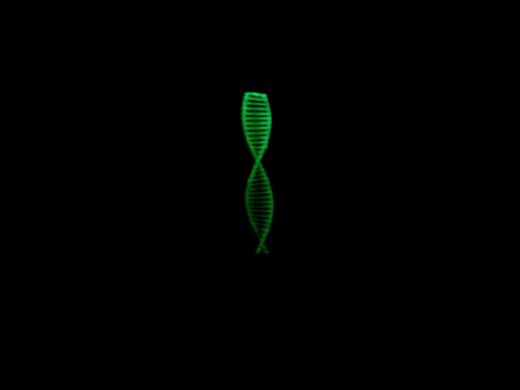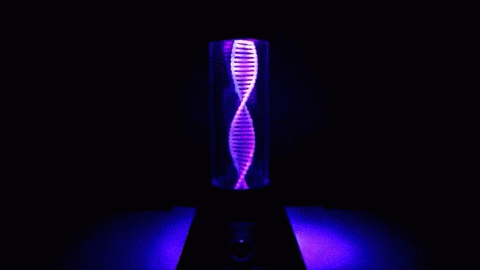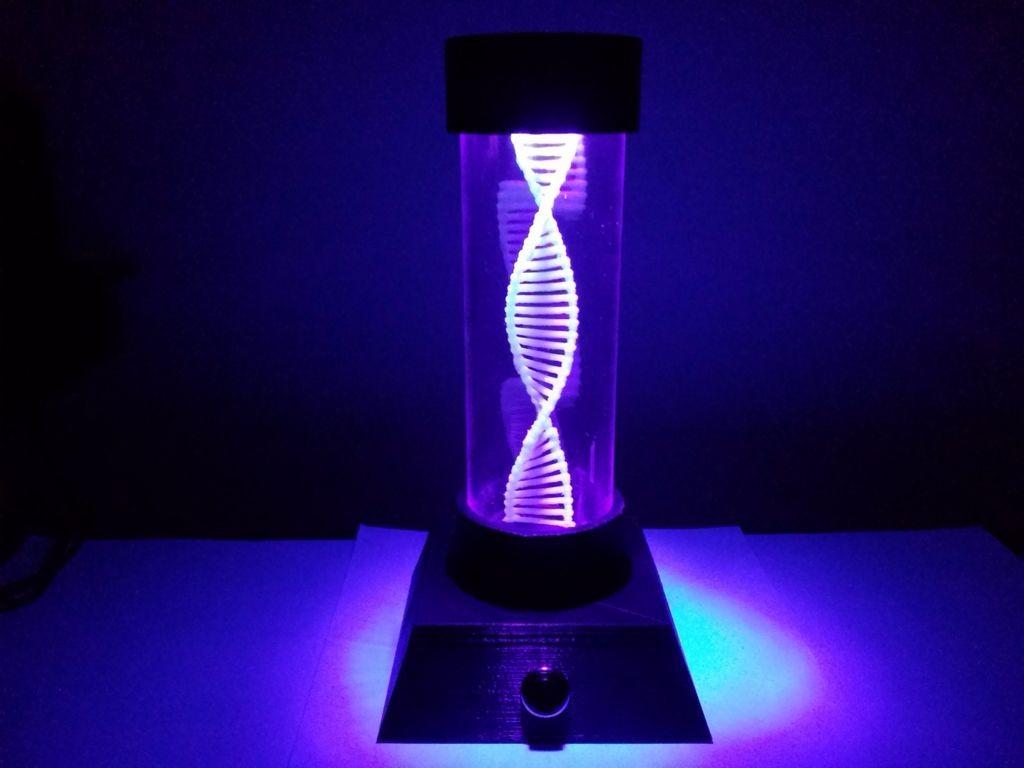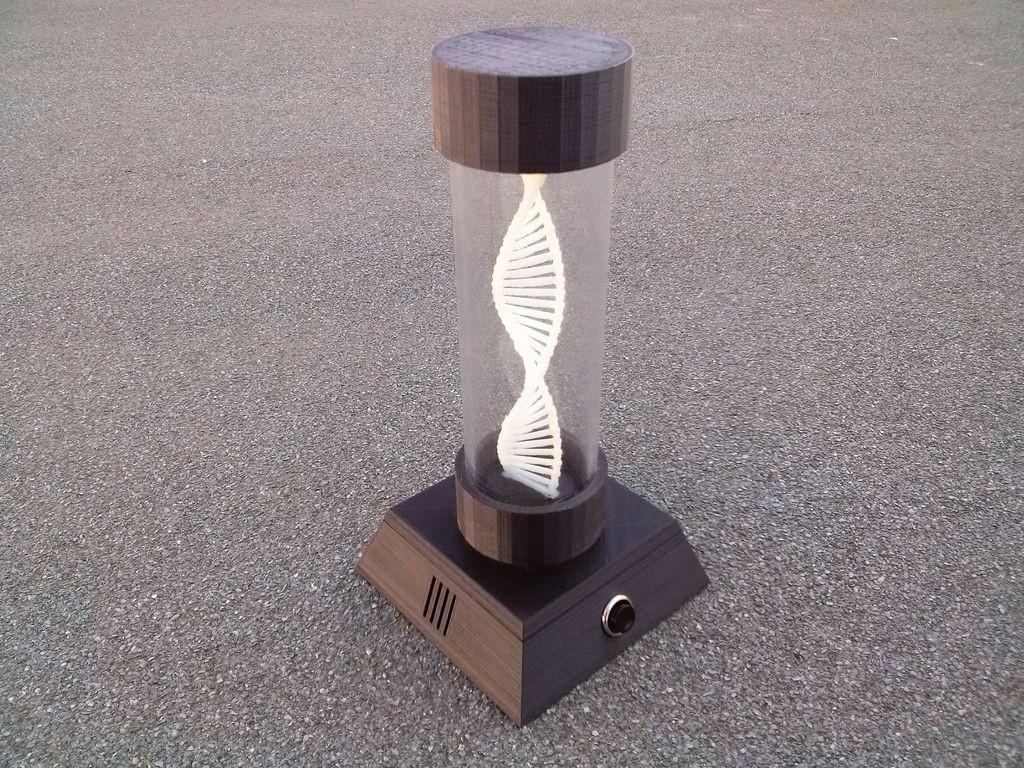 There has been so much made of 3D printing as a means for rapid prototyping, but one area many people certainly didn’t realize it would impact in such a huge way was the design space. 3D printing has been being utilized more and more in the creation of completely unique art pieces, furniture, fashion accessories, and even clothing. In the past year or so, we have begun to see an ever increasing use of the technology in creating elaborate and detailed lighting fixtures and lamps, many of which could not be fabricated via any other available technologies.
There has been so much made of 3D printing as a means for rapid prototyping, but one area many people certainly didn’t realize it would impact in such a huge way was the design space. 3D printing has been being utilized more and more in the creation of completely unique art pieces, furniture, fashion accessories, and even clothing. In the past year or so, we have begun to see an ever increasing use of the technology in creating elaborate and detailed lighting fixtures and lamps, many of which could not be fabricated via any other available technologies.
For one electrical and electronics engineer from Algarve, Portugal, named João Duarte, 3D printing allowed him to create an amazing 3D printed lamp for just $30. The lamp, which Duarte calls the “DNA” lamp, is one of those devices that can keep you mesmerized for hours.
“I was actually browsing online for 3D objects to test my 3D printer when I found some DNA strands,” Duarte tells 3DPrint.com. “They looked cool so I tried viewing them from several angles and I noticed it created an amazing and hypnotizing upwards and downwards effect when I rotated the piece. I thought, wow it might be cool to do something that would take advantage of this weird effect. So I thought about designing a lamp.”
Duarte, who admittedly doesn’t have very much 3D design knowledge, was able to design the entire idea in just a few hours using Tinkercad, a software from Autodesk which he says was very easy to use. He started by designing the general look of the lamp before moving forward with 3D printing the components.
 Basically the entire DNA lamp was 3D printed with the exception of an acrylic tube and the electronics.
Basically the entire DNA lamp was 3D printed with the exception of an acrylic tube and the electronics.
“I decided to use the 3D materials that I already had at my disposal, so for the main structure of the lamp, the casing so to speak, I used black PLA filament because I thought it’s a color that fits well with most things,” Duarte tells us. “For the DNA helix I wanted to have a weird effect when the LEDs turned off, so I thought it would be very cool to use ‘Glow in the Dark’ PLA filament, that’s why it glows green when there is no light.”
It took approximately 14 hours to print out all of the required parts at an “average” print resolution. Duarte used two 3D printers to print the parts. This included his own Prusa I3 which he had built himself, as well as a LulzBot TAZ 4 from his local eLab Hackerspace, which he is a co-founder of.
For the electronics, Duarte used an electric motor which is hidden inside of the base that supports the DNA helix. It provides the slow rotation of the helix inside of the acrylic tubing. LEDs are located at the top and bottom of the tube, creating a fading effect when the lamp is on. An Arduino microcontroller controls the rotation of the motor as well as the LEDs.
“I also added a push button on the front of the lamp which allows the user to switch between different operation modes of the lamp, like turning the rotation motor on or off, and keeping the LEDs fading or always on at full bright or turned off completely,” Duarte explains.
In the end, it cost less than $30 for Duarte to create this magnificent and unique lamp. Now he wants to share the details on how anyone with access to a 3D printer can do the same. He has made these details available via an Instructables tutorial.
What do you think about this incredible 3D printed lamp? Will you be 3D printing one yourself? Discuss in the 3D Printed DNA Lamp forum thread on 3DPB.com. Check out the videos of this lamp in action below.
Subscribe to Our Email Newsletter
Stay up-to-date on all the latest news from the 3D printing industry and receive information and offers from third party vendors.
Print Services
Upload your 3D Models and get them printed quickly and efficiently.
You May Also Like
Making 3D Printing Personal: How Faraz Faruqi Is Rethinking Digital Design at MIT CSAIL
What if your 3D printer could think more like an intelligent assistant, able to reason through a design idea, ask questions, and deliver something that works exactly the way the...
Reinventing Reindustrialization: Why NAVWAR Project Manager Spencer Koroly Invented a Made-in-America 3D Printer
It has become virtually impossible to regularly follow additive manufacturing (AM) industry news and not stumble across the term “defense industrial base” (DIB), a concept encompassing all the many diverse...
Heating Up: 3D Systems’ Scott Green Discusses 3D Printing’s Potential in the Data Center Industry
The relentless rise of NVIDIA, the steadily increasing pledges of major private and public investments in national infrastructure projects around the world, and the general cultural obsession with AI have...
Formlabs Teams Up with DMG MORI in Japan
In late June, Nick Graham, Chief Revenue Officer at Formlabs, announced on LinkedIn that the company had partnered with DMG MORI, one of the world’s leading machine tool companies, to...



































